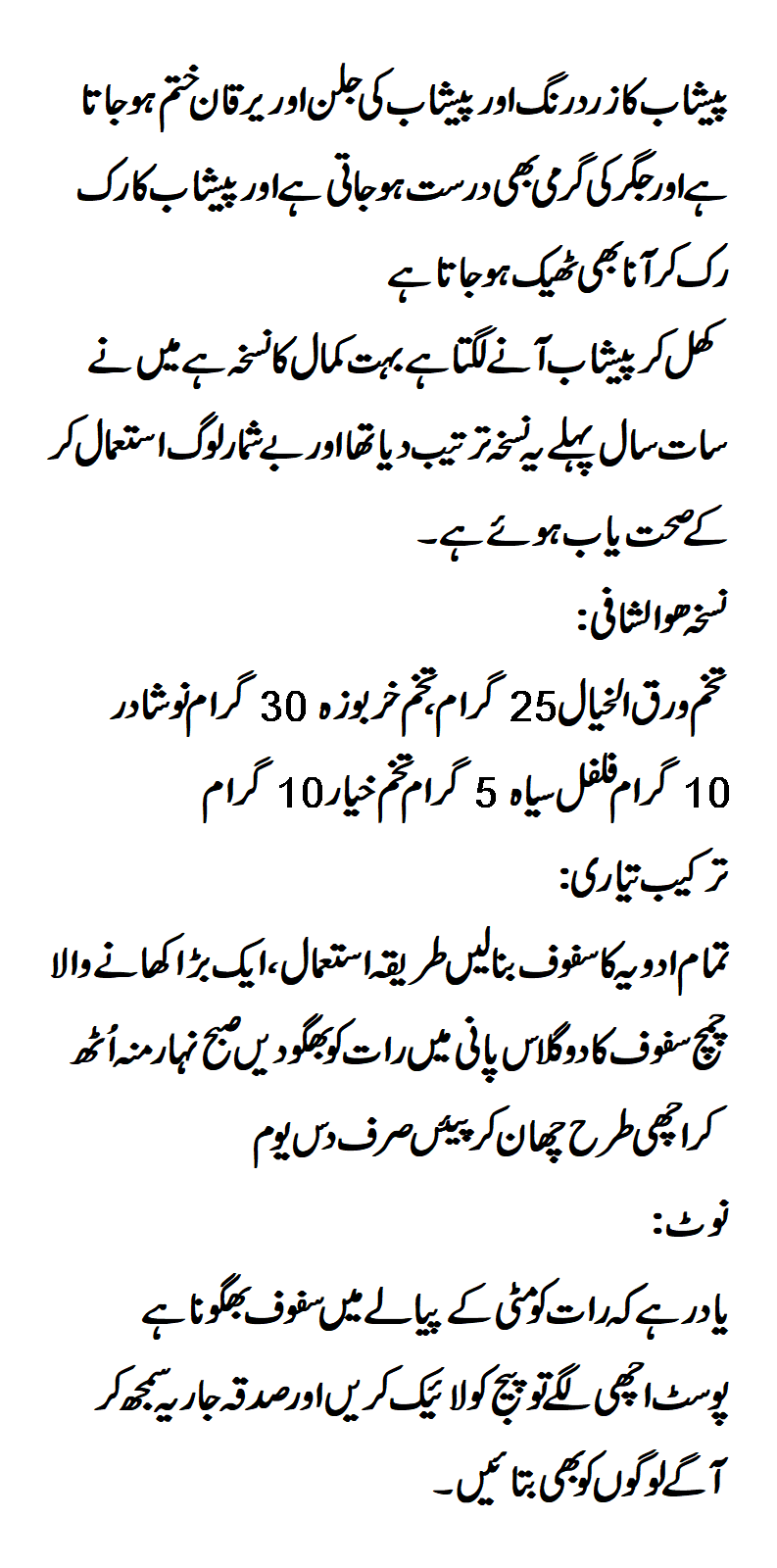Bilirubin is formed when hemoglobin (the part of red blood cells that carries oxygen) is broken down as part of the normal process of recycling old or damaged red blood cells. Bilirubin is carried in the bloodstream to the liver, where it binds with bile (the digestive juice produced by the liver). Bilirubin is then moved through the bile ducts into the digestive tract, so that it can be eliminated from the body. Most bilirubin is eliminated in stool, but a small amount is eliminated in urine. If bilirubin cannot be moved through the liver and bile ducts quickly enough, it builds up in the blood and is deposited in the skin. The result is jaundice.
Many people with jaundice also have dark urine and light-colored stool. These changes occur when a blockage or other problem prevents bilirubin from being eliminated in stool, causing more bilirubin to be eliminated in urine.
If bilirubin levels are high, substances formed when bile is broken down may accumulate, causing itching all over the body. But jaundice itself causes few other symptoms in adults. However, in newborns with jaundice high bilirubin levels (hyperbilirubinemia) can cause a form of brain damage called kernicterus.
Also, many disorders that cause jaundice, particularly severe liver disease, cause other symptoms or serious problems. In people with liver disease, these symptoms may include nausea, vomiting and abdominal pain, and small spiderlike blood vessels that are visible in the skin (spider angiomas). Men may have enlarged breasts, shrunken testes, and pubic hair that grows as it does in women.Spider Angiomas
IMAGE PROVIDED BY THOMAS HABIF, MD.
Serious problems caused by liver disease can include
- Ascites: Accumulation of fluid within the abdomen
- Coagulopathy: A tendency to bleed or bruise
- Hepatic encephalopathy: Deterioration of brain function because the liver malfunctions, allowing toxic substances to build up in the blood, reach the brain, and cause changes in mental function (such as confusion and drowsiness)
- Portal hypertension: High blood pressure in the veins that bring blood to the liver, which can lead to bleeding in the esophagus and sometimes stomach
If people eat large amounts of food rich in beta-carotene (such as carrots, squash, and some melons), their skin may look slightly yellow, but their eyes do not turn yellow. This condition is not jaundice and is unrelated to liver disease.
